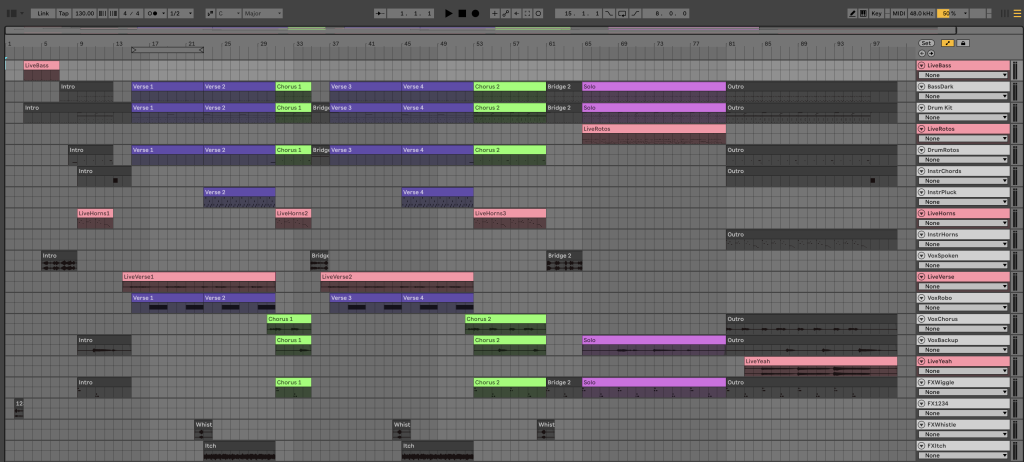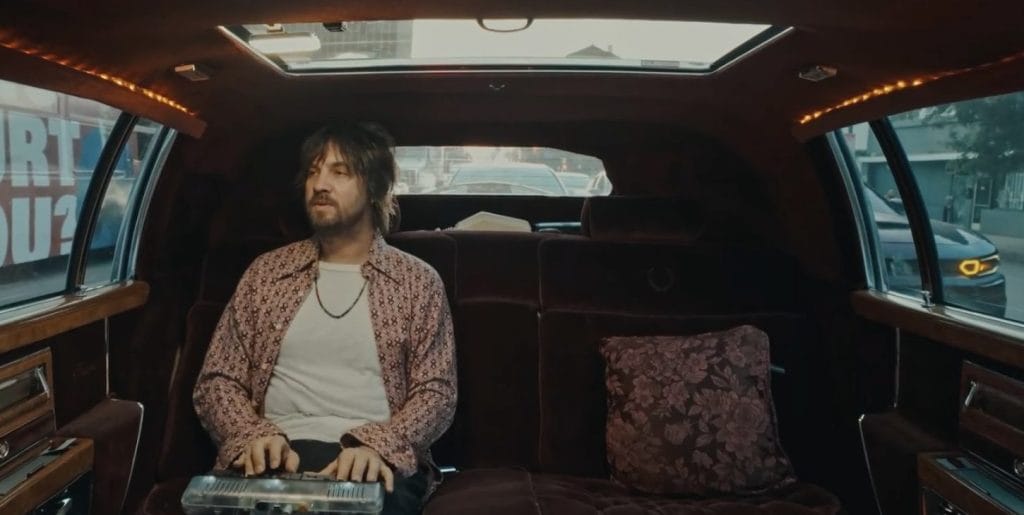Kideko has spent the best part of a decade refining a sound that’s equal parts punchy, percussive and playful. With roots in drumming and a deep feel for rhythm, his tracks—whether sunlit crossover cuts or club-focused heaters—carry a groove that sticks.
On his latest release, Holding On on Toolroom, he threads a sharp offbeat bass with warm guitar licks and crisp percussion, landing in that sweet spot between drive and swing.
In this exclusive interview to accompany his Magnetic Mix, Kideko talks about flipping samples, embracing instinct over formula, and how the context of a crowd—or even the weather—can shape his studio output.
Your tracks always have a strong sense of groove, whether it’s a club heater or something a little more crossover. When you were working on ‘Holding On,’ what was the key to locking in that balance between energy and swing?
I think with ‘Holding On’ it’s the offbeat bass sound that really gives it the driving energy but the rhythm of the percussion and guitar keep it groovy, I grew up playing the drums and have always been a fan of heavily percussive music so I think that helps when working on the groove of a track.
Reworking classic samples can be a fine line between homage and reinvention. What’s your philosophy when it comes to flipping older records into something that feels fresh for today’s dancefloors?
Usually when I find a sample I like I have a pretty clear idea in my head of how I want the track to sound, I enjoy taking the sample and flipping it into something totally different from the original.
‘Holding On’ feels like a natural fit for Toolroom—how did the release come about, and did you have the label in mind when you were putting the track together?
I’ve always been a massive fan of Toolroom and play a lot of the music on the label so I guess I’m always inspired but their sound. Sometimes I’ll start making a track with a label in mind but sometimes I just start the creative process and see where I end up, I think with ‘Holding On’ it was once I had the main elements that it felt like it could be something that’d work on Toolroom so I leant into that.
You’ve worked across a lot of different shades of house music, from the big, party-starting energy of ‘Crank It’ to the deeper grooves on some of your more recent releases. Do you consciously try to evolve your sound, or is it more instinctive?
It’s definitely more instinctive – I’ve always enjoyed making different genres and styles of house music, I think I’d get bored if I just stuck to a strict sound all the time.
With your background in drumming, do you think about rhythm differently when producing compared to other house producers? Do you ever program drums in an unconventional way because of that perspective?
I don’t know if I think about it differently but I’d say learning the drums at an early age probably helped develop an instinct on what works rhythmically and when a groove feels good to me.

Photo credit: provided by Kideko
You’ve had releases on labels like Toolroom, Solotoko, and Stress Records—each with its own distinct sound. How much does the label influence your approach when writing a track?
Sometimes I’ll listen to tracks on a specific label that I’d like to release on before I start producing but most of the time what I make ends up sounding pretty different so over the last couple of years I’m really trying to embrace just making whatever I’m feeling and working out which label might be a fit afterwards.
Tell us about the mix you’ve put together for us – any specific tracks you’d like to highlight?
I’ve tried to keep the mix as true to a set that you might hear from me if you saw me play in a club. I like to play a variety of styles to keep it interesting, usually starting a bit groovier at the start then going heavier towards the end but to me there is still a thread throughout mix of high energy, groovy house bangers.
Looking at the evolution of your production style, what’s one technique or approach you’ve changed completely over the years, and what’s one thing that’s stayed consistent from day one?
I really enjoy looking at how some of my favourite records were produced and learning which techniques they used and then trying to replicate that. I’ve always loved trying out different saturation techniques and using plugins like Saturn 2 and Decapitator to grit things up and add a chunkiness to sounds.
Something I’d say I’ve been getting into a bit more recently is using hardware, one of the reasons is because it’s more hands on and gives me a chance to come away from the computer for a bit but also because it feels a bit less considered and you’re more likely to have happy accidents when messing around with hardware.
With ‘Holding On’ dropping just as we head into festival season, do you produce with certain settings in mind? Are you thinking about club and festival crowds differently when you’re working on a track?
Definitely. Where I can imagine a track being played can really change the sound choices I make and how I structure a record, I also find that the weather and time of day when I’m in the studio can have an impact on the setting I’ll make music for.
Tracklist:
Bottom Lip & Alex Adair – Life
Tiger Stripes – All Night Long
Easttown – You
Simon Kidzoo – Freaks Don’t Sleep
Olive F – Hot Sauce
Kideko – Holding On
Mattei & Omich, Re-Tide – Do You Wanna Dance
Dompe – Factor
Jewel Kid – Respect Yourself
Papa Marlin – Move Your Feet
Supernova – In & Out
Starclass – The Train
S.U.R.E – Break This Down
Kideko – Take A Trip
The post Magnetic Mix 254: Kideko appeared first on Magnetic Magazine.






